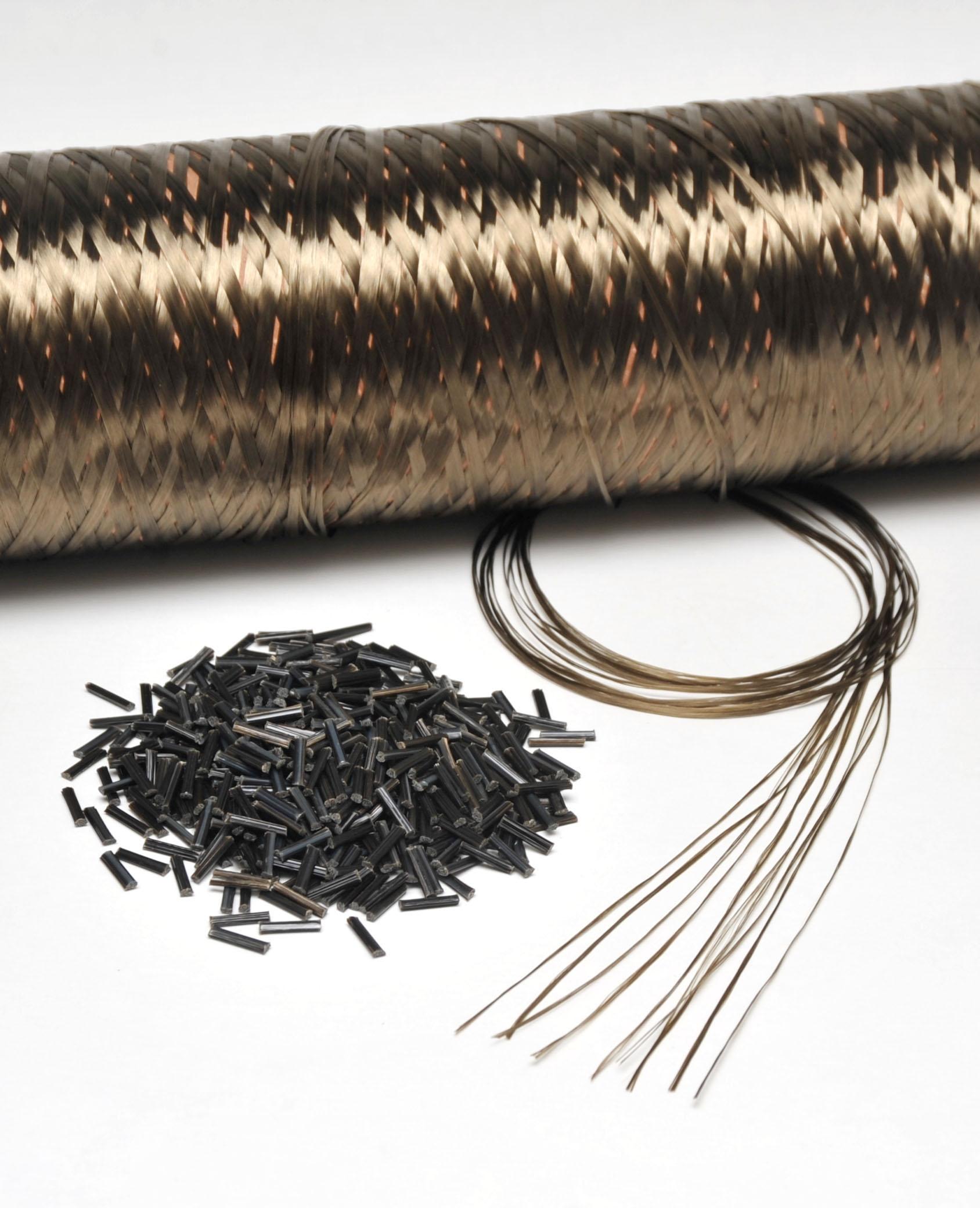The future of the basalt fiber market is looking increasingly bright, particularly as the global construction and infrastructure industries prioritize longevity, resilience, and sustainability. Among the most attractive qualities of basalt fiber is its exceptional resistance to corrosion—a feature that positions it as a game-changing solution for structural reinforcement. As aging infrastructure, coastal development, and climate-related challenges drive the need for more durable building materials, basalt fiber is stepping confidently into the spotlight.
Corrosion: A Global Construction Challenge
Across the world, the degradation of reinforced concrete structures—bridges, highways, buildings, and marine installations—is a growing concern. Traditional steel reinforcements, while strong, are highly susceptible to corrosion, especially when exposed to moisture, salts, and chemicals. This leads to cracks, spalling, structural weakness, and costly maintenance or replacement cycles.
Basalt fiber, by contrast, is naturally resistant to corrosion, even in the most aggressive environments. Made from volcanic rock, the fiber is chemically stable and unaffected by water, salt, or most acids. When used in the form of basalt fiber-reinforced polymer (BFRP) bars, meshes, or rods, it provides a long-lasting alternative to steel that dramatically improves the life expectancy of concrete structures.
Expanding Applications in Infrastructure
The construction industry’s embrace of basalt fiber is rapidly broadening. From highway overpasses and tunnels to retaining walls and marine piers, developers and engineers are turning to basalt-based reinforcement systems to future-proof critical infrastructure.
In regions with high humidity, coastal exposure, or regular contact with deicing salts, BFRP rebar is proving invaluable. It offers all the structural support of steel without the risk of rust or electrochemical degradation. This not only reduces long-term maintenance costs but also minimizes downtime and safety hazards—key considerations for heavily trafficked or strategically important infrastructure.
Moreover, basalt fiber is significantly lighter than steel, making it easier to transport, handle, and install. This is especially beneficial in remote or hard-to-access construction sites, where logistics can be a major challenge and cost factor.
Urbanization and Climate Resilience
As urban populations grow and cities push the boundaries of vertical and horizontal expansion, the demand for advanced building materials continues to climb. Simultaneously, climate change is forcing engineers to design structures that can withstand more frequent floods, temperature extremes, and seismic activity.
Basalt fiber is emerging as a preferred choice in both new construction and retrofitting projects aimed at improving climate resilience. Whether it’s reinforcing sea walls, flood barriers, or earthquake-prone buildings, its combination of tensile strength, chemical resistance, and thermal stability gives it a distinct edge.
In many cases, basalt fiber is also being used alongside other green technologies to reduce the carbon footprint of construction. Since it does not require chemical additives and emits fewer pollutants during production, it aligns well with green building standards and environmental regulations.
Market Momentum and Innovation
The growing use of basalt fiber in corrosion-resistant reinforcement is driving demand across multiple continents, particularly in Asia-Pacific, North America, and parts of Europe. Investments in production facilities, R&D, and advanced manufacturing technologies are scaling up supply and enabling the development of new basalt fiber products tailored to specific infrastructure needs.
Innovations such as pre-impregnated basalt fiber fabrics, hybrid composite systems, and modular reinforcement panels are making it easier than ever for contractors and architects to incorporate basalt into their designs. As awareness of its benefits spreads, it's transitioning from a niche material to a mainstream solution.
Looking Ahead
With its unmatched durability in corrosive environments, basalt fiber is well-positioned to become a cornerstone of 21st-century construction. As governments and private developers seek cost-effective ways to extend infrastructure lifespans and reduce environmental impact, the market for corrosion-resistant materials like basalt fiber will only continue to expand. In short, the outlook for basalt fiber remains solidly positive. As demand rises for smarter, longer-lasting structural reinforcement solutions, basalt fiber is not just keeping pace—it’s setting the bar.







